Five Top Trails That Make the Case for America’s Recreational Trails Program
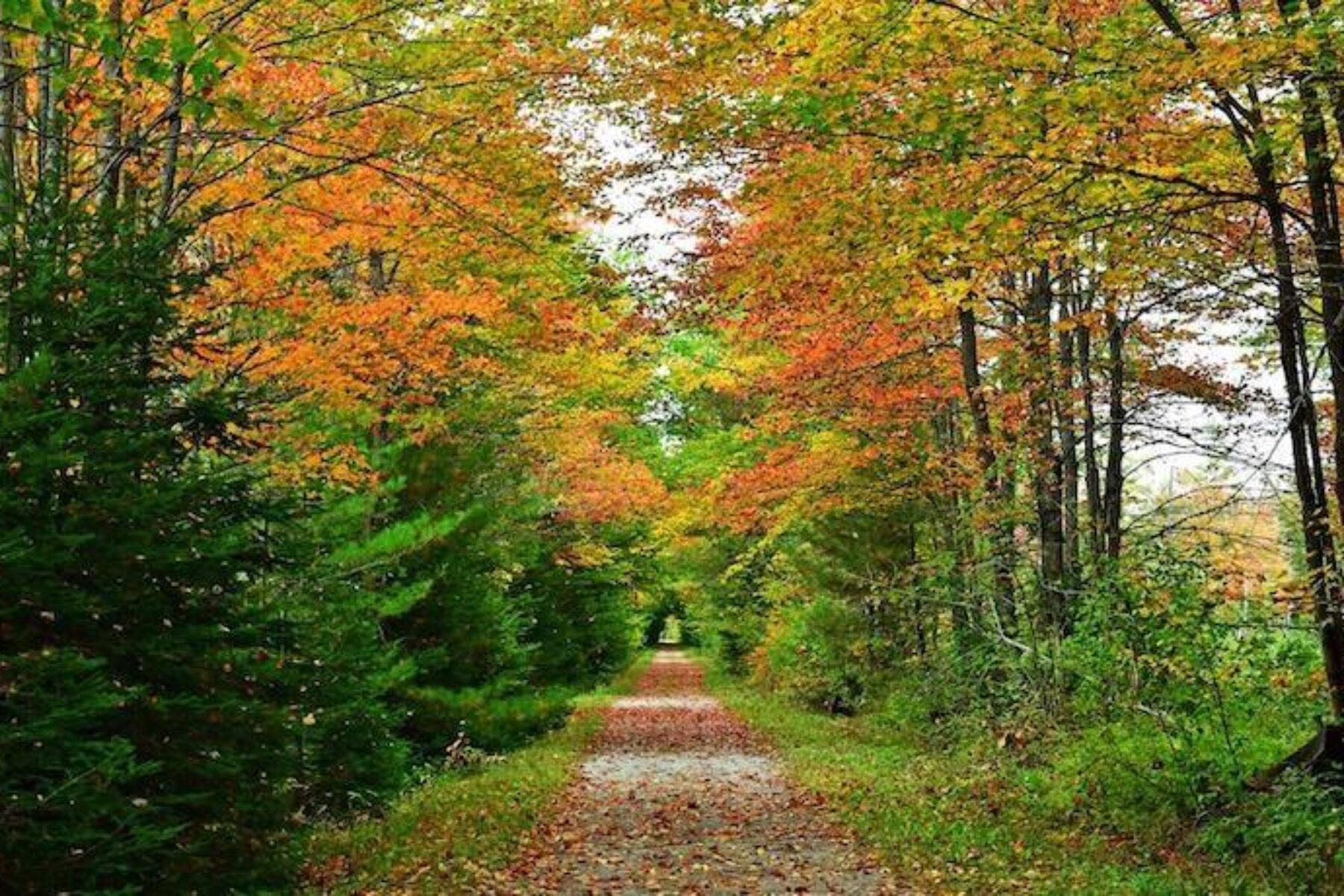
Some ideas are so quintessential, so woven into the fabric of American life and the vitality of its communities, that it’s hard to imagine a time without them. Think public schools, libraries, national parks. The Recreational Trails Program (RTP)—passed in 1991—is just such a concept. Most people would be hard-pressed to find someone who doesn’t love trails. Their benefits—for physical well-being, mental health, transportation options, environmental alleviation and economic boosts—positively impact nearly everyone. The RTP provides a crucial federal funding stream (administered by the states) that supports the development of trails and their ongoing maintenance, as well as trail-related facilities.
Nearly three decades after its inception, the need for the RTP has only intensified as trail development accelerates nationally. Looking at the rail-trail niche alone, the country has increased its number of rail-trails from around 500 to more than 2,200 within this time period. And, in many places, individual trails are now coalescing into expansive networks of interconnected trails spanning hundreds of miles. Awareness and use of trails has grown in tandem—but with more footfalls, hoofbeats and wheel revolutions than ever, funding for trail maintenance is not keeping pace with demand.
The fate of the RTP is tied to the reauthorization of the federal transportation bill, which expires in September of 2020. Rails-to-Trails Conservancy (RTC) has been working with members of Congress and the Coalition for Recreational Trails to support the RTP Full Funding Act of 2020, which would significantly increase the government’s investment in the program. This Act (H.R. 5797) was part of the $1.5 trillion infrastructure bill (known as the Moving Forward Act) passed by the U.S. House of Representatives this summer, but the measure is still in play as it now moves to the Senate.
We sat down with Marianne Fowler, senior policy strategist for RTC, to reflect on the impact of this important—and essential—national program.
Lamoille Valley Rail Trail (Vermont)
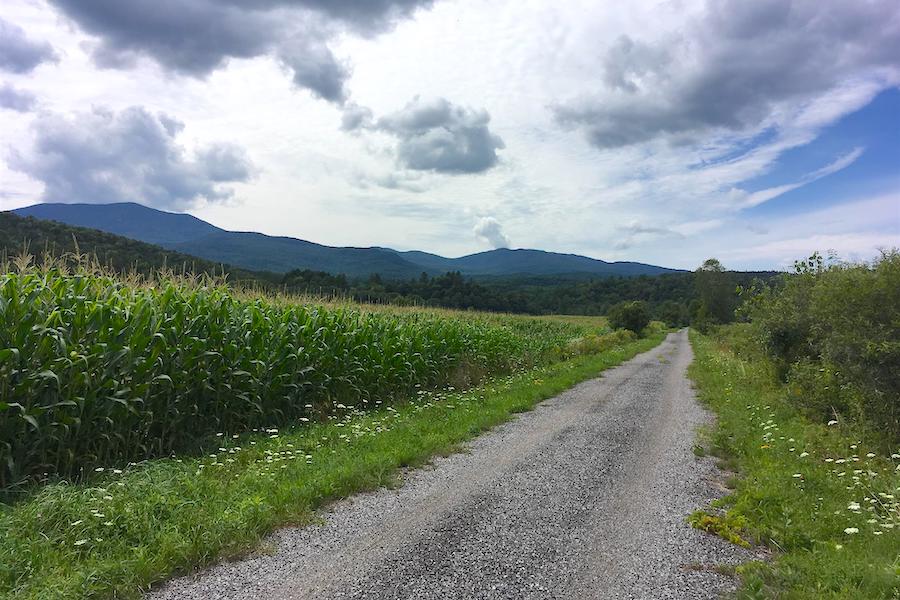
“The idea for the Recreational Trails Program originated in the motorized community,” explained Fowler. “These trail users were paying a gas tax for their motorized recreational vehicles and wanted to recoup that money to support the trails they enjoyed.”
And that’s where the money for the program comes from today: a fuel tax on nonhighway recreational vehicles, such as snowmobiles, ATVs and off-highway motorcycles, which is collected by the Federal Highway Trust Fund. And, although RTP funding is based on a tax paid by motorized trail users, the benefits are shared with all trail users.
Vermont’s Lamoille Valley Rail Trail is a prime example of a beloved recreational pathway whose roots are deep in this motorized trail community. In 1997, the Vermont Association of Snow Travelers (VAST), which is partially funded by the RTP, first proposed that the former rail corridor be turned into a four-season multiuse recreational trail. The State of Vermont, which owns the trail, contracted with VAST for developing the pathway in partnership with the Vermont Agency of Transportation.
Currently spanning 33 miles through a scenic river valley nestled in the Green Mountains, the route will one day become the state’s longest rail-trail at 93 miles. Even better, this may become a reality in as little as three years thanks to a capital bill approved by the Vermont legislature and Gov. Phil Scott in August 2020 to accelerate its completion with $2.8 million, which will be matched by $11.3 million in federal funds. This support of trail development from the state’s political leadership goes back a long way, including $5.2 million in federal funding obtained by then-U.S. Rep. Bernie Sanders for the Lamoille Valley Rail Trail back in 2005 and, more recently, the co-sponsorship of U.S. Rep. Peter Welch (D-VT), along with U.S. Rep. John Curtis (R-UT), on the RTP Full Funding Act of 2020.
https://fb.watch/pJuXzxKO4P/
The RTP is particularly impactful in rural areas, like northern Vermont, that rely on recreational trails for jobs and tourism-based businesses. And these positive effects are not only felt in local economies, but extend outward beyond the state’s borders. Stretching from St. Johnsbury to Swanton, the finished Lamoille Valley Rail Trail will be a critical component of the burgeoning New England Rail-Trail Spine Network plan to unite the region’s six states—Maine, Vermont, New Hampshire, Massachusetts, Rhode Island and Connecticut—by multipurpose trail.
Portneuf Greenway (Idaho)
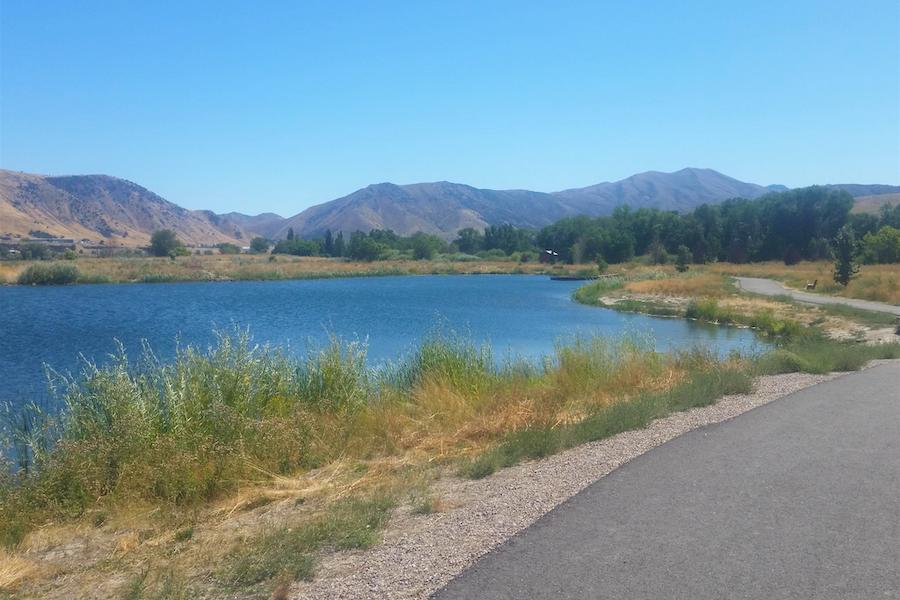
At more than 20 million acres, Idaho has more national forest land than any other state in the country. It’s no wonder that trails have played an outsized role in connecting Idahoans to the natural abundance that surrounds them and serve as a major draw for outdoor enthusiasts. Tourism is the third largest industry in the state, behind only agriculture and technology (the latter due largely to a Department of Energy national laboratory and the growing tech hub of Boise).
“From our scenic trails and waterways to our mountains and canyons, outdoor recreation is a way of life in Idaho,” noted U.S. Sen. James Risch (R-ID) in lending his support to the RTP Full Funding Act. “In order to keep it that way, we have introduced legislation that will improve oversight and accountability of how our taxpayer dollars are spent on recreation management and infrastructure. Ensuring that recreational trails are properly cared for will help create strong economic opportunities and ensure future generations of Idahoans can continue to enjoy the natural beauty of our state and lands for many, many years to come.”
Flanked by mountains with a river snaking through its center, Pocatello—one of the state’s largest cities and home to Idaho State University—offers a growing trail system that matches its picturesque backdrop. Its Portneuf Greenway is planned to one day span 27 miles, connecting the entire city and extending into the neighboring community of Chubbuck. Already, 17 paved miles are on the ground, providing links to the university campus, a handful of parks, commercial and residential neighborhoods, and top attractions, like Zoo Idaho and the Bannock County Historical Museum. For the past three decades the all-volunteer Portneuf Greenway Foundation has been the driving force behind the greenway—work supported by RTP grants and community donations.
“The original set of sponsors for the Recreational Trails Program were senators from Idaho,” said Fowler. “And successive generations of Idaho senators have picked up that torch and carried it forward.”
Lake Wobegon Trail (Minnesota)
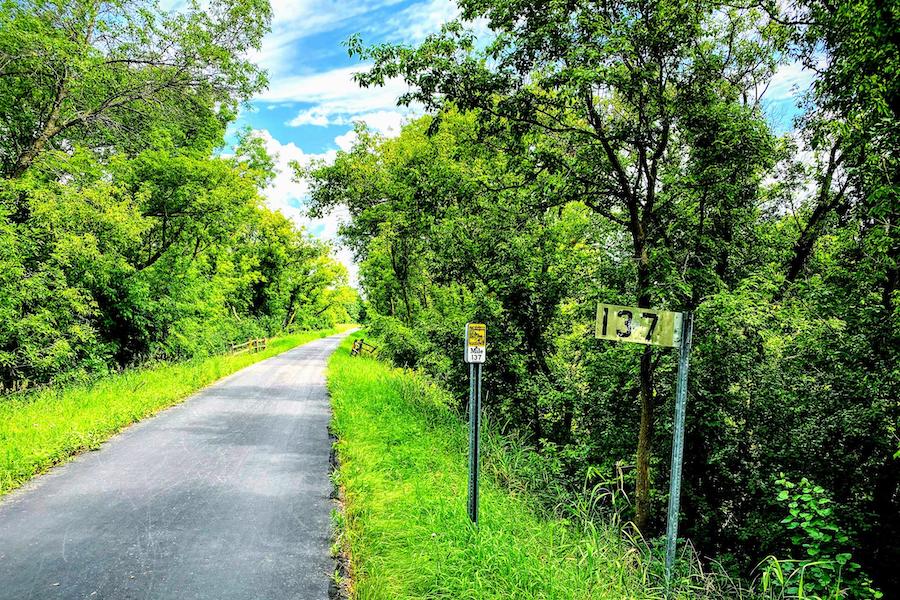
Minnesota—which is today host to a whopping 2,100+ miles of rail-trails—has long been a trail friendly state, thanks in part to legislative superstars like the late Congressman Jim Oberstar, who was a major figure in federal transportation funding for trails during his decades of civil service. Today, U.S. Sen. Amy Klobuchar (D-MN) and U.S. Rep. Angie Craig (D-MN) continue the state’s notable legacy in championing this work.
“Minnesota snowmobilers, hikers, ATV users, cyclists and countless others who enjoy the outdoors rely on the Recreational Trails Program to explore our state’s natural wonders and support our local businesses,” stated Klobuchar in a press release announcing the introduction of the RTP Full Funding Act. “This bipartisan legislation will help ensure states receive all of the resources they deserve to protect and improve these trails for generations to come.”
In the state’s rural heartland, the Lake Wobegon Trail offers a paved 65-mile journey through idyllic settings of prairie, woodlands and farmland, plus views of interesting attractions like the longest covered bridge in Minnesota, located in Holdingford. By hopping onto connecting trails, it’s even possible to travel from the outskirts of St. Cloud all the way to Duluth, on the vast shores of Lake Superior, via an off-road route of more than 150 miles.
Open for more than two decades, the Lake Wobegon Trail has been buoyed by several RTP grants over the years to keep it in tip-top shape. And for long-standing, well-used trails like this one, it’s important to remember that the RTP is the only federal program in existence that supports trail maintenance.
Northern Rail Trail (New Hampshire)
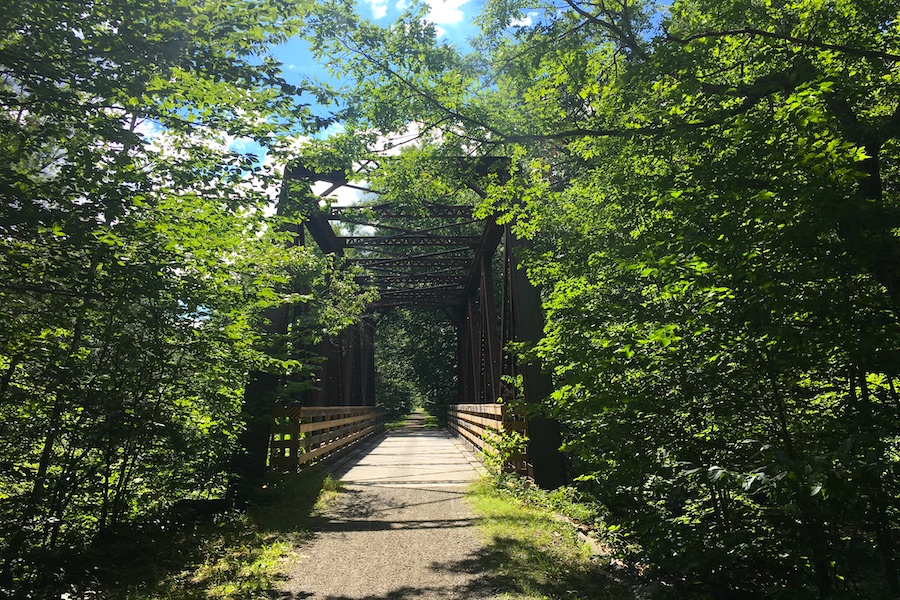
“This program—more than any other program—is designed to benefit all trail users,” emphasized Fowler. “That’s one of the uniquenesses of the Recreational Trails Program: motorized trail users, nonmotorized, equestrians, snowmobilers, birdwatchers—they all benefit.”
This sentiment is tangibly realized in the Northern Rail Trail, which caters to a gamut of outdoor enthusiasts year-round—those who walk, bike and ride horses in the warmer months, and cross-country ski, snowmobile, snowshoe and even dogsled in the winter.
The Northern Rail Trail is also an inspiring tale of what can be done at the grassroots level. Truly a labor of love, the trail was constructed through the dedication and hard work of hundreds of volunteers. Local snowmobile clubs supported its development, as did two “friends of the trail” groups that sprang up in the pair of counties the trail spans (Grafton and Merrimack). About 10 RTP grants over the past decade were used to transform the rail corridor via projects such as replacing its original heavy stone ballast with a ridable surface of compacted stone. The 58-mile route is now the longest rail-trail in the state, and is an absolute showstopper with lushly forested terrain, marshlands frequented by moose and tantalizing views of deep blue lakes.
Through the RTP, more than $20 million has been invested in New Hampshire trails since 1993. Alongside the Transportation Alternatives program, which provides federal dollars for nonmotorized trail projects, this public funding for public trails is crucial for their success.
“The Recreational Trails Program plays an important role in supporting New Hampshire’s outdoor recreation economy and tourism sector by investing in activities and trail projects across the state,” said U.S. Sen. Jeanne Shaheen (D-NH), voicing her support for the RTP Full Funding Act. “As it expands, it’s critical that there be dedicated funding to sustain the program’s infrastructure and efforts, which help to ensure our environment, wildlife and beauty can be explored and appreciated by Granite Staters and visitors for years to come.”
Headwaters Trail System (Montana)
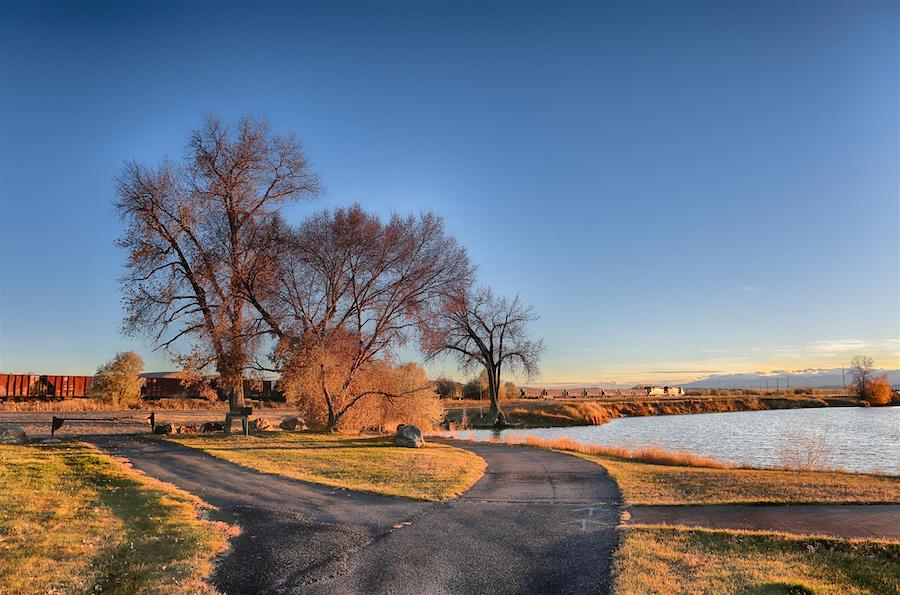
Situated in the high plains of Montana and surrounded on all sides by the Rocky Mountains, the charming community of Three Forks—population about 2,000—is just a few miles from the point where the Madison, Jefferson and Gallatin rivers merge to form the mighty Missouri River. From Missouri Headwaters State Park, the Headwaters Trail System winds through native grasslands, around pretty ponds and through old-growth cottonwood trees to the outer edges of town. With the backing of a 2020 RTP grant, the Jefferson Street Loop Trail Project will now continue the pathway farther into the heart of the community, allowing residents even better access to the park and more opportunities to walk and bike close to home.
“RTP grants are small awards, and they tend to go to smaller communities,” noted Fowler. “These grants support real people who use trails or manage trails and see a need. They think, ‘How can we fix this? Or, how can we address this need?’ And they turn to the Recreational Trails Program. They are so excited when they get these grants—they’re so proud of what they do in their state. This is a very personalized federal program.”
In 2015, the Coalition for Recreational Trails honored Montana with an Outstanding State Trail Program award, stating, “The RTP is the single most important and largest funding source for any trail-related efforts in Montana. As a result, the state works hard to allocate RTP funds to as many varied projects throughout the state as possible, taking into consideration geographical location, winter and summer projects, and motorized and nonmotorized uses. They typically fund approximately 50–65 projects annually. [In] every grant cycle, 100% of the available RTP funds are awarded to eligible projects statewide.”
For Three Forks, the cherry on top is that their project is important not only locally, but also nationally, as the Headwaters Trail System is a key component of the Great American Rail-Trail route through the state. The same is true for another Montana project receiving RTP funding this year. East of Three Forks, a pedestrian bridge over Bozeman Creek will close a key gap in the Front Street Connector Project, part of Bozeman’s extensive trail network being created in partnership with the Gallatin Valley Land Trust.
Bit by bit, small trail segments just like these are steadily filling in the patchwork of multiuse trails that will one day stitch together a legacy project, the Great American Rail-Trail, which will one day span more than 3,700 miles across the country.
“The Recreational Trails Program will be 30 years old next year,” reflected Fowler. “It has served our country well. I see another 30 years, if not 130 years, in its future.”

Donate
Everyone deserves access to safe ways to walk, bike, and be active outdoors.
